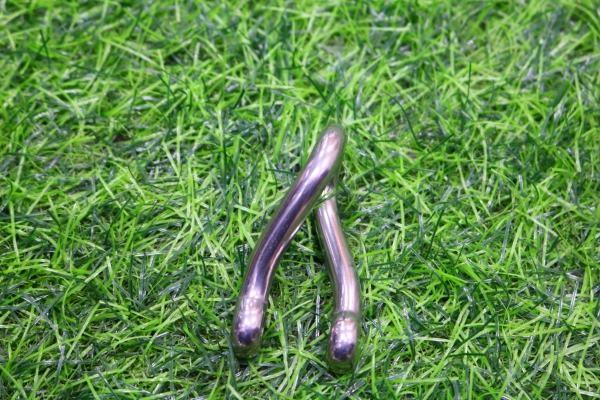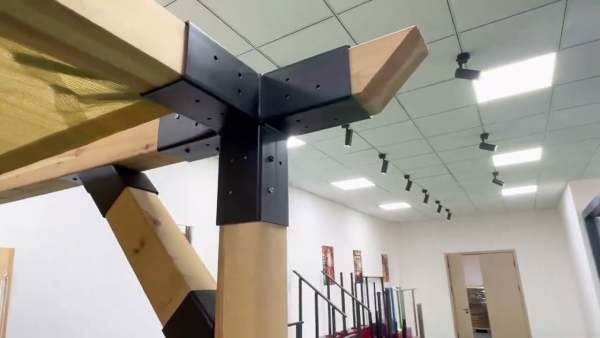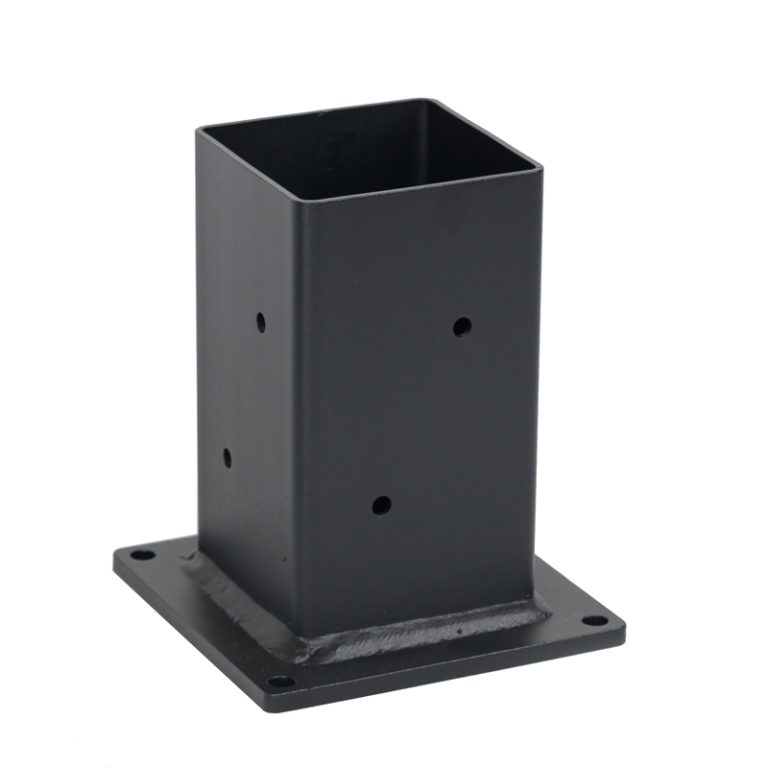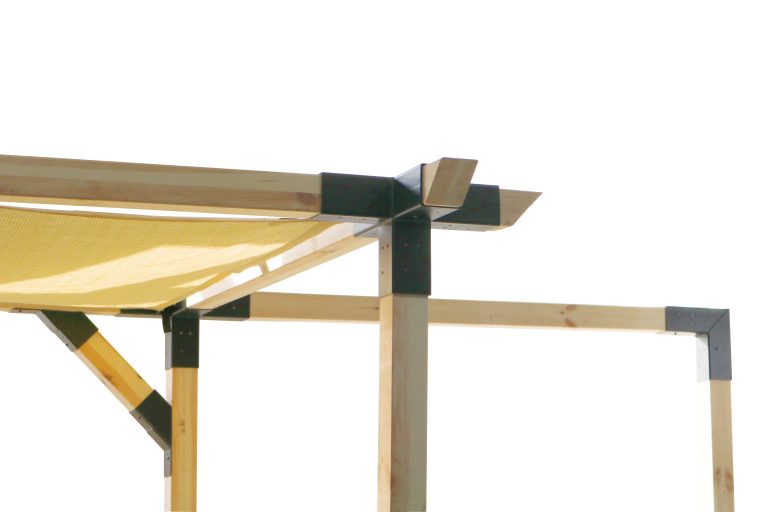Methods of Hardening Stainless Steel
Stainless steel is a versatile and durable material that is commonly used in a wide range of applications, from kitchen appliances to industrial machinery. One of the key properties of stainless steel is its ability to resist corrosion, making it an ideal choice for environments where exposure to moisture and other corrosive substances is a concern. However, in order to maximize its strength and durability, stainless steel must undergo a hardening process.
There are several methods that can be used to harden stainless steel, each of which involves heating the material to a specific temperature and then cooling it rapidly to achieve the desired level of hardness. One common method of hardening stainless steel is known as quenching and tempering. In this process, the steel is heated to a high temperature, typically around 900-1000 degrees Celsius, and then rapidly cooled by immersing it in a quenching medium such as oil or water. This rapid cooling causes the steel to harden, but it also makes it brittle. To reduce this brittleness and improve the steel’s toughness, the material is then tempered by reheating it to a lower temperature, typically around 200-300 degrees Celsius, and allowing it to cool slowly.
Another method of hardening stainless steel is known as precipitation hardening. In this process, the steel is heated to a specific temperature, typically around 900-1000 degrees Celsius, and then cooled slowly to allow the formation of precipitates within the material. These precipitates act as barriers to dislocation movement, making the steel harder and stronger. Precipitation hardening is often used for stainless steels that contain alloying elements such as aluminum, copper, or titanium, which can form precipitates at specific temperatures.
A third method of hardening stainless steel is known as cold working. In this process, the steel is deformed at room temperature through processes such as rolling, bending, or drawing. This deformation causes the grains within the material to elongate and align in the direction of the deformation, resulting in an increase in hardness and strength. Cold working is often used for stainless steels that are too hard or brittle to be effectively hardened through other methods.

Each of these methods of hardening stainless steel has its own advantages and limitations, depending on the specific properties and requirements of the material. Quenching and tempering is a versatile and widely used method that can be applied to a wide range of stainless steels, while precipitation hardening is more specialized and is typically used for high-strength applications. Cold working is a cost-effective method that can be used to increase the hardness and strength of stainless steel without the need for additional heat treatment.
In conclusion, the hardening of stainless steel is a critical process that can significantly improve the material’s strength, hardness, and durability. By understanding the different methods of hardening stainless steel and their respective advantages and limitations, manufacturers can select the most appropriate method for their specific application. Whether through quenching and tempering, precipitation hardening, or cold working, the hardening of stainless steel plays a crucial role in ensuring the performance and longevity of the material in a wide range of applications.







